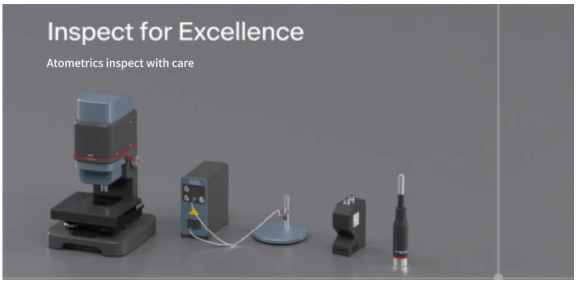Surface roughness refers to the fine texture of a part's surface. Every manufactured part's surface has three key components: form, waviness, and roughness. Together, they influence the part's performance. The characteristics of these components are linked to the manufacturing process or processes used to create the part, such as polishing, grinding, cutting, or edging.
Surface roughness plays a crucial role in the function and durability of precision components. A rough surface increases friction between parts, leading to greater wear over time. This roughness can also reduce the effectiveness of lubrication, causing components to degrade faster and operate less efficiently. Furthermore, rough surfaces are more prone to trapping dirt or debris, which can further accelerate wear.
In certain applications, surface roughness directly impacts a part's service life and reliability. For instance, a rougher surface can affect the sealing performance of components that need to retain liquids or gases, such as valves or seals, potentially leading to leaks. Roughness can also concentrate stress in specific areas, increasing the likelihood of fatigue failure under repeated use.
3.Supplementary Impacts of Surface Roughness on Corrosion and Product Aesthetics
Beyond functionality, surface roughness affects other factors. Rougher surfaces expose a larger area to corrosive elements, accelerating the corrosion process. This is particularly important in environments where components are exposed to chemicals or moisture. Additionally, for consumer-facing products, excessive roughness can detract from the product's look and feel, reducing its aesthetic appeal and perceived quality.
By understanding and controlling surface roughness, manufacturers can ensure components operate optimally, maintain durability, and meet design specifications for both functional and aesthetic purposes.
4.Specific Definitions of the Three Components of Part Surfaces and Measurement Considerations
Form describes the shape of the surface. In other words, is the part flat, spherical, conical, or some combination? Think of waviness as the bridge between form and roughness, as it identifies features with longer spacing between them. Roughness is the set of features with the smallest scale and the shortest spacing between them.
At first glance, performing a measurement that includes all three components might seem like a good idea. However, in practice, this can be somewhat misleading. To get a truly clear view of surface roughness, the form must first be removed, followed by the waviness.

5.Advantages of White Light Interferometers in Surface Roughness Measurement
Compared to other surface roughness measurement methods, White Light Interferometers (WLI), the surface roughness measurement equipment with their powerful data collection and analysis software, make this type of measurement easier and faster.
Welcome to visit Atometrics website and follow us! Atometrics engineers will prioritize designing your optimal inspection solution!